
The Guanacaste Conservation Area (ACG for the Spanish acronym) is not going to reopen access to the San Jose Island trail in the Bat Islands (Islas Murcielago) archipelago of the ACG marine area. This was confirmed to The Voice of Guanacaste by Marco Bustos, an official from the Protected Wildlife Area Management.
Visitors and tour operators will be able to continue to visit the waters around the archipelago for snorkeling, scuba diving, surfing or boat rides, as usual, but they will no longer be able to land on the island.
In October of 2021, the institution temporarily closed access to the island to repair the operations post, a two-story house where staff conduct monitoring, control and research activities.
Although repairs have already progressed by 75%, the ACG suspended reopening access to the island due to the impact that tourists visiting caused to the ecosystem, declared a Natural World Heritage site in 1999 by the United Nations Educational, Scientific and Cultural Organization (UNESCO).
According to Bustos, they noticed soil erosion, sand compaction on the beach— a nesting site for green and black sea turtles— and an increased risk of conservation of biological and plant formations, such as solidified sand formations, called fossil dunes. Budget cuts also factor into this decision since they limit the availability of staff and resources.
“The site is in conservation intensive care because it’s the only one in Central America where this type of turtle nests. If we compact the sand on them, we’re not going to have one of the conservation elements of a marine area— in other words, the turtles— nor the fossil dunes that are on the island,” he added.
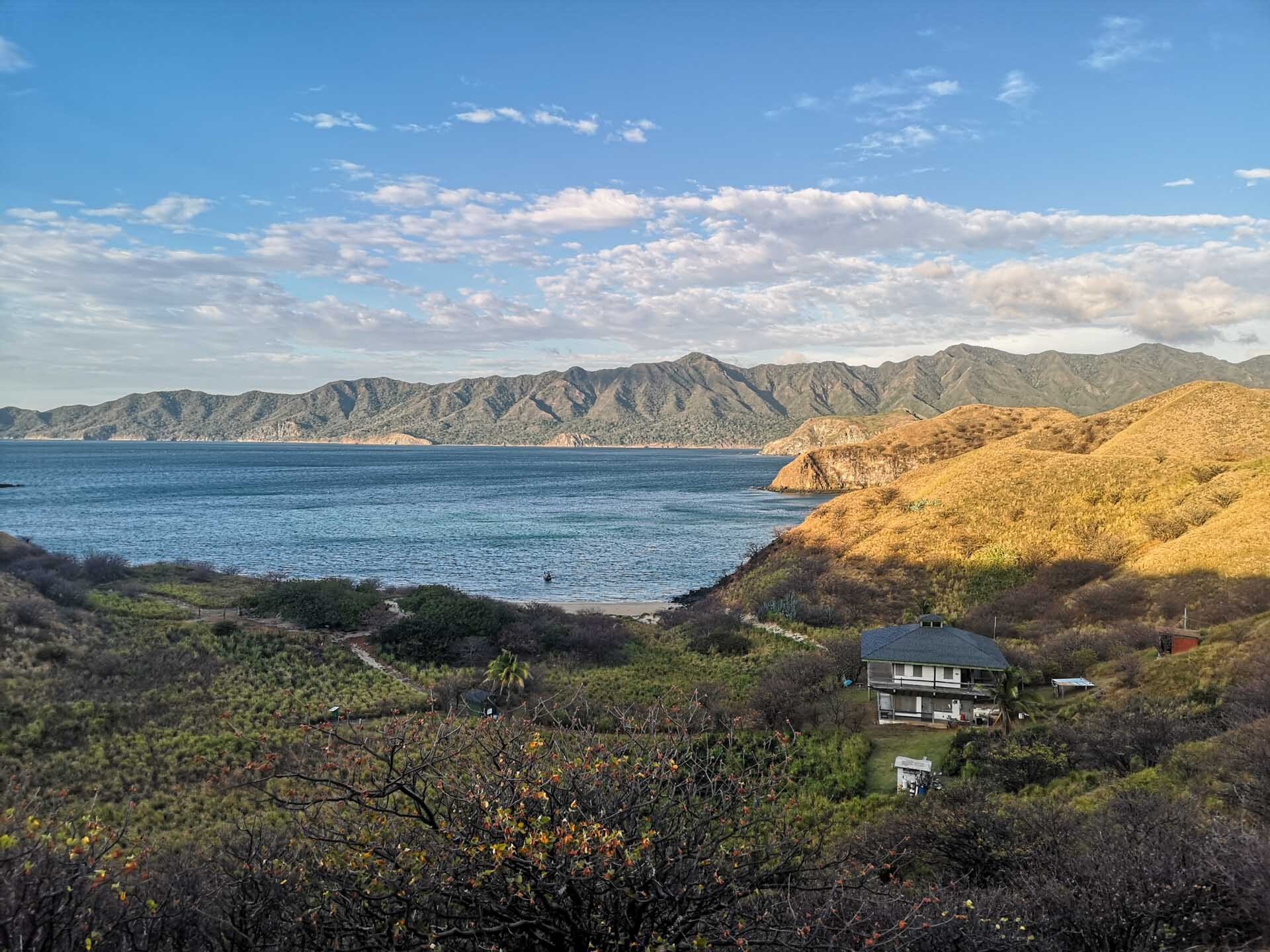
View from San Jose Island, in the Bat Islands in the marine area of the Guanacaste Conservation Area.
Photo: The Voice of Guanacaste
The decision took tour operators by surprise. Since the news of the temporary closure of the island, they’ve announced on their social networks that they are constantly consulting the ACG while waiting for the reopening. Others even reported that, although they explain to their clients that they can do the permitted water activities, people cancel when they know that they won’t be able to visit the island.
“Every day, we get more than 15 messages and calls from people and operators asking about that destination,” said tourism entrepreneur Geannina Lara, from Cuajiniquil Tours. Since the island was closed in October, they haven’t had any more visits to the park’s marine area because clients were waiting for the island to open.
Lara shared with The Voice several examples of clients who showed interest in the tour until they were told that access to the island is closed.
We’re going to send emails to see what can be done,” she said. “I think conservation is very good, but we don’t live off of that and I know that the area can be taken over in a responsible, sustainable way that reactivates tourism,” she remarked.
The ACG official said that they’re aware that the decision angers some, especially tour operators.
“The marine area is made up of geology, aquatic mammals, birds, one of the most important estuaries in Central America, such as Potrero Grande, one of the rock formations that is in the water, such as Peña Bruja; it’s made up of the only archipelago that is in all of Costa Rica and Mesoamerica,” explained Bustos.
“All these details make up the protected marine area. It’s not exactly just a bench, which is how many were trying to sell it and, in the end, it’s what people see,” he said.
Bustos emphasizes that the marine area of the park has always been open. There, people can go surfing, scuba diving, snorkeling, and take boat rides. The official urges people and tour operators to visit the area and appreciate the entire archipelago and its biodiversity, from the boat. You can find more details about reservations here.
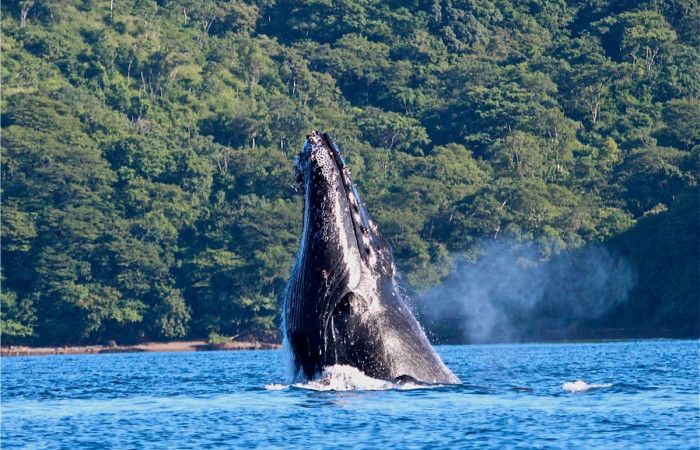
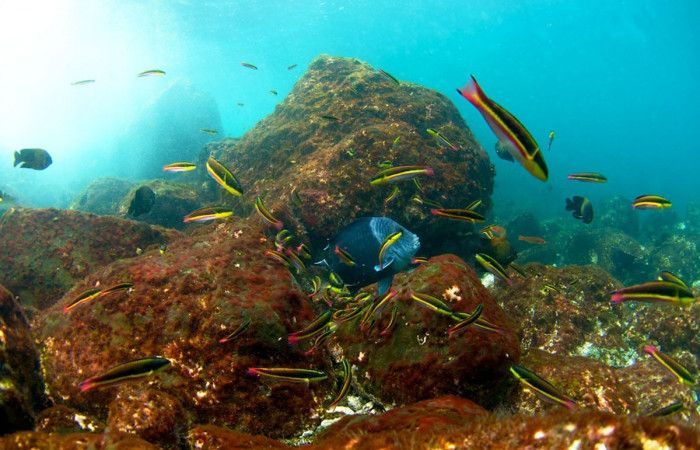
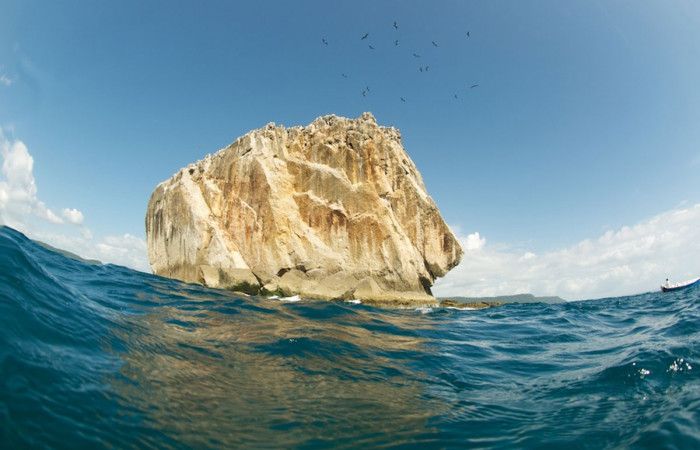
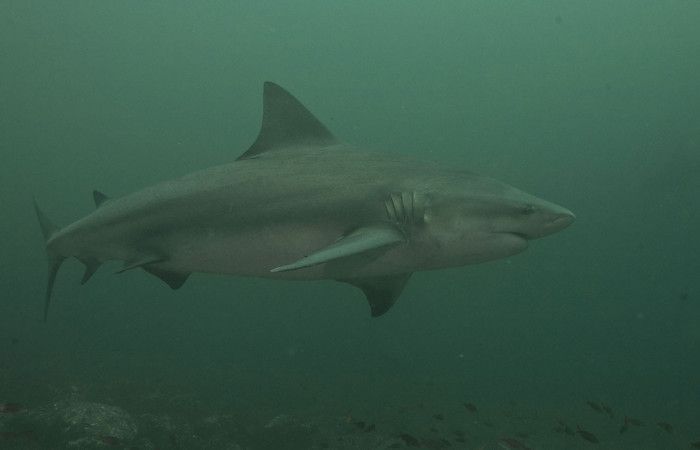
A “Hook” to Revive Tourism
The island was an attraction that was only open for a few months during the pandemic, between April and September of 2021. According to Bustos, the ACG allowed visits to that island as a “hook” to draw tourism during the gradual reopening from the pandemic, even though that activity isn’t taken into consideration in the ACG management plan.
“We did it as an exception to the rule,” admitted Bustos. “We started bringing them to this site thinking that we could use it so that people would start coming [to resume tourism activities during the pandemic] and that then they’d do all the other activities that are open [surfing, snorkeling, diving, boat rides],” he added.
During the months that it was open, they allowed 35 visitors to enter per day, who came with tour operators that usually depart from Cuajiniquil, in La Cruz, or from El Coco in Carrillo.
However, since the tour became so popular, the ACG reported that illegal entry was no longer happening only in the maritime area but also on the island.
Look how hard it was for us, in one of the control visits that we were conducting, to find 70 people who entered the dunes illegally, and there they were with towels strewn about, lying down and sunbathing,” the official related.
In that area where the people who entered illegally were, a kind of primitive corn from southern Mexico grows, which the ACG classifies as a “genetic reservoir.”
“For us, it’s quite sad because [with the illegal entries], we’re making a change in the behavior of the species that are at the bottom of the ocean, which could affect people who do the activity well.”
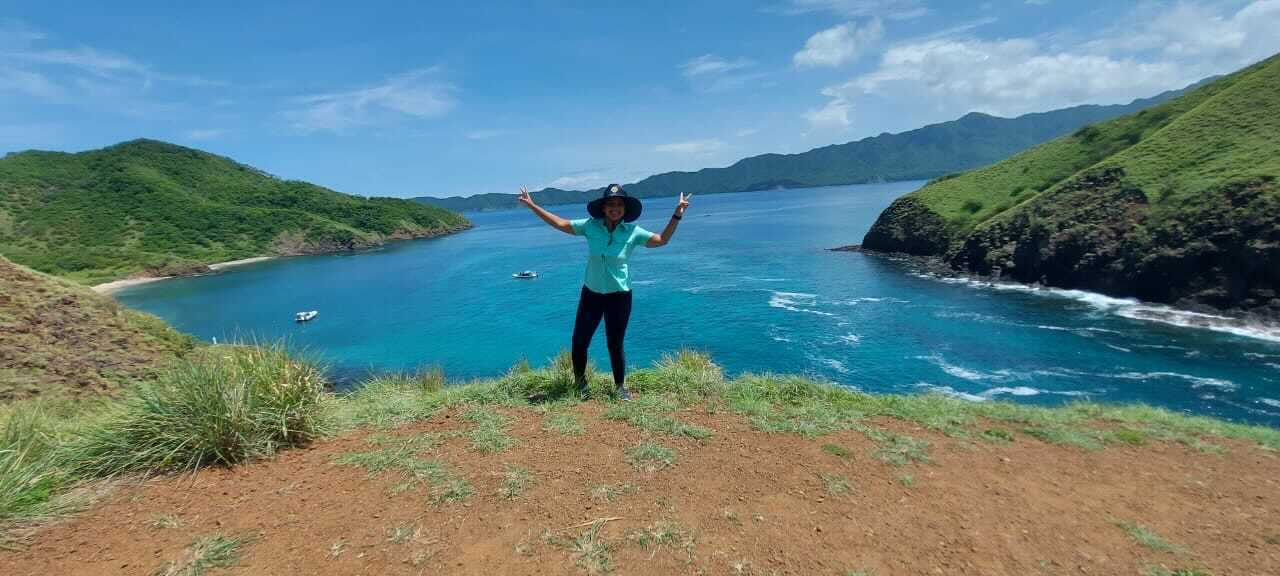
Tour guide Geannina Lara during one of her visits to San Jose Island last year. The tours of the area helped revive her family’s economic situation during the pandemic, which depends 100% on tourism. She says that since they closed access to the island, no one has wanted to book tours that don’t include access to the island. Photo: Courtesy of Geannina Lara
Better Equipped Operations Post
Repairs to the monitoring and research house were made between October and December. After that date, the ACG had to stop transferring materials due to windiness and maritime conditions in the area.
The progress includes repairs to roofs, ceilings and walls. They also managed to build a treatment plant since the wastewater went to a septic tank.
“The operations post is the base for the control and analysis of tourist activity, research on the site about species such as turtles, corals and the bull shark,” Bustos specified.
Now what’s left is to bring wood to finish remodeling. The ACG could resume work soon, if and when weather conditions permit.


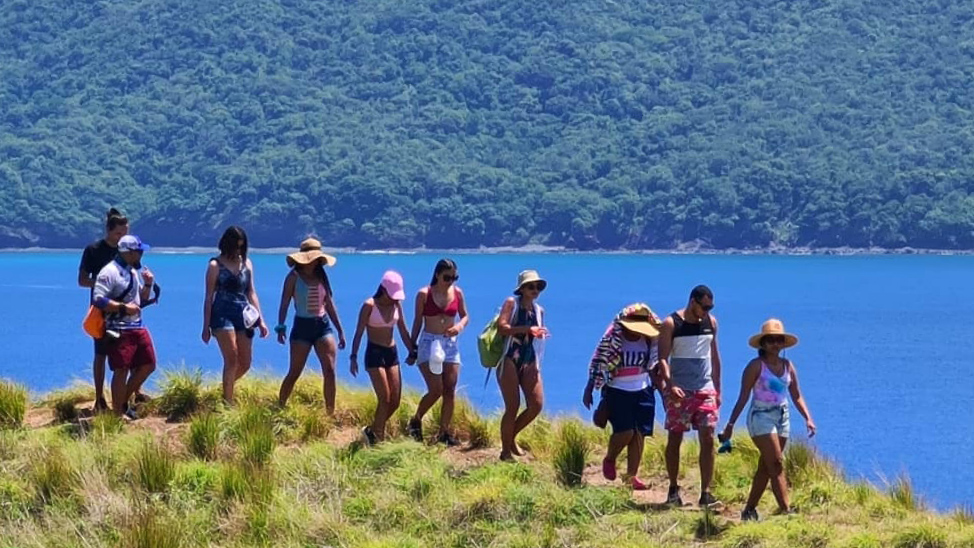
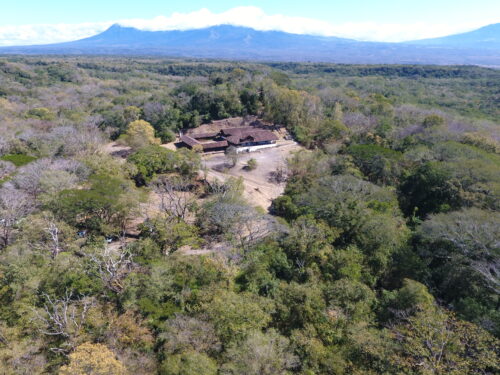
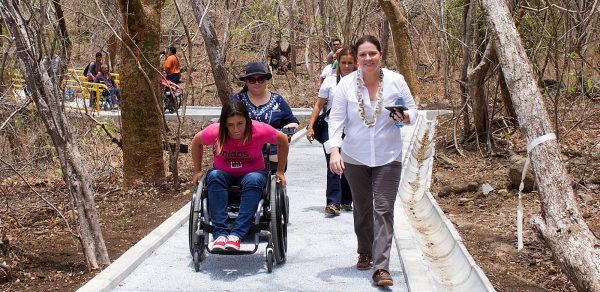


Comments